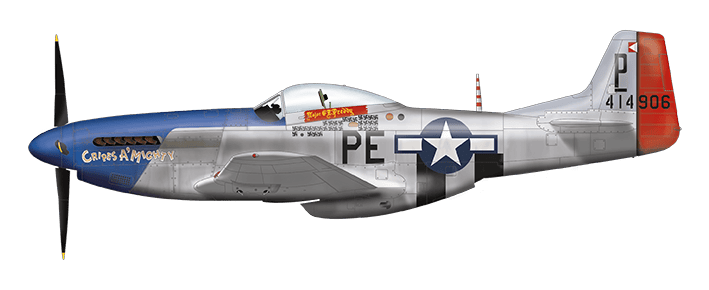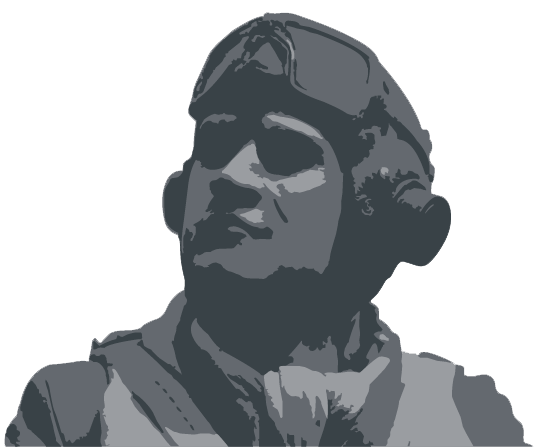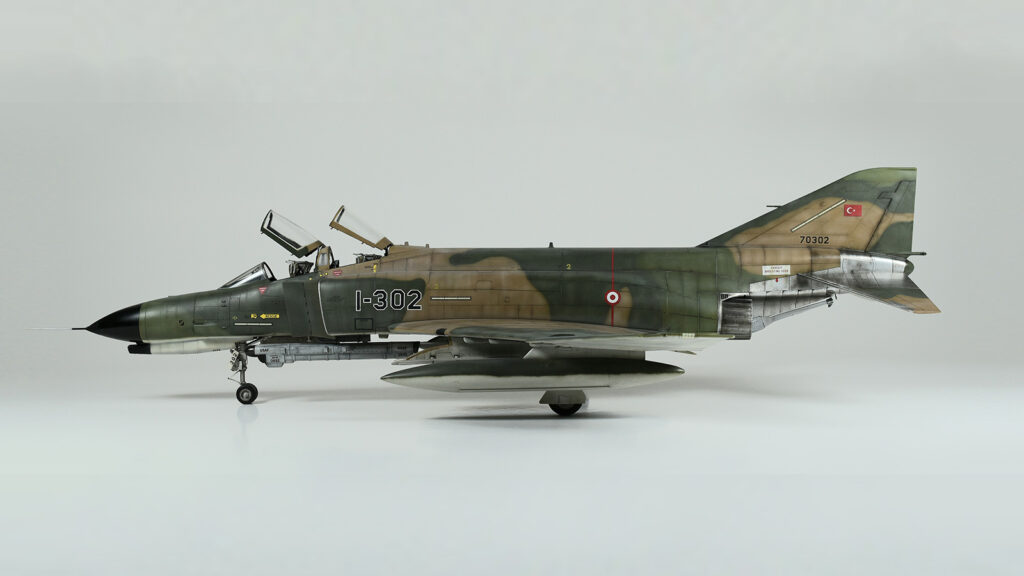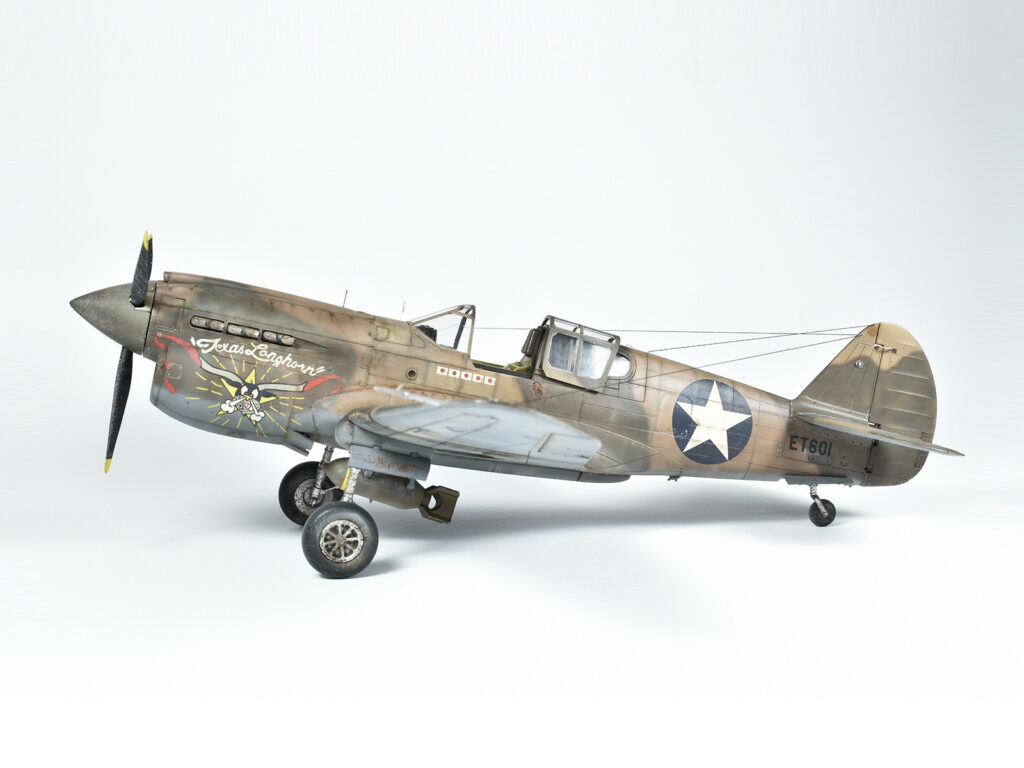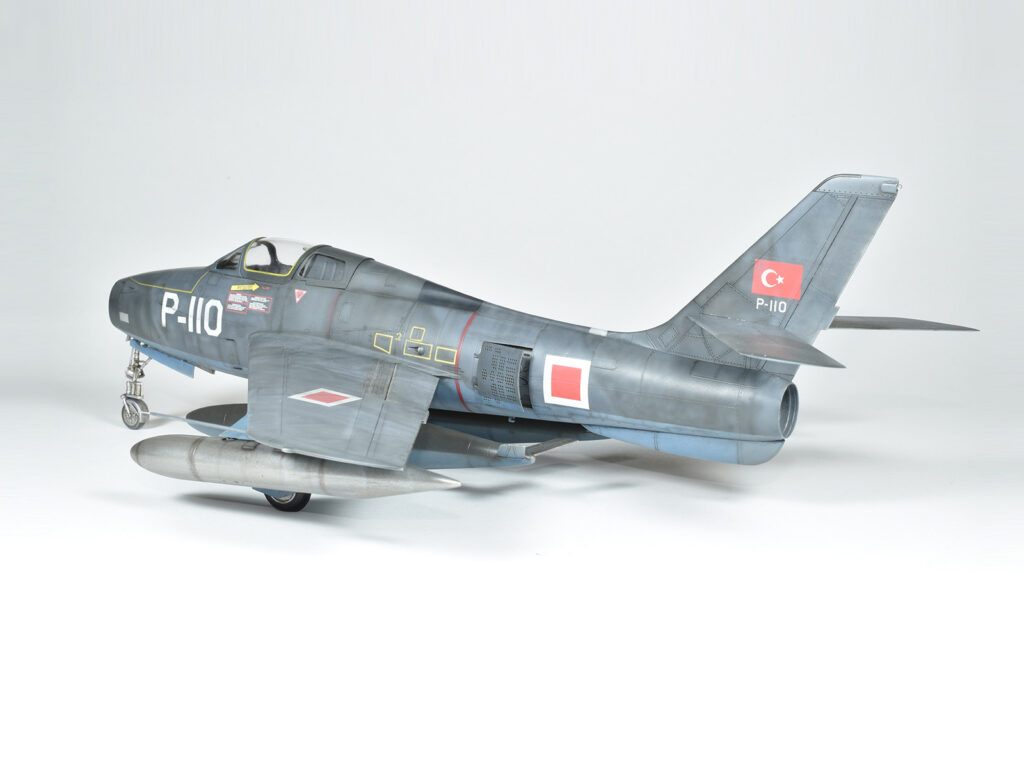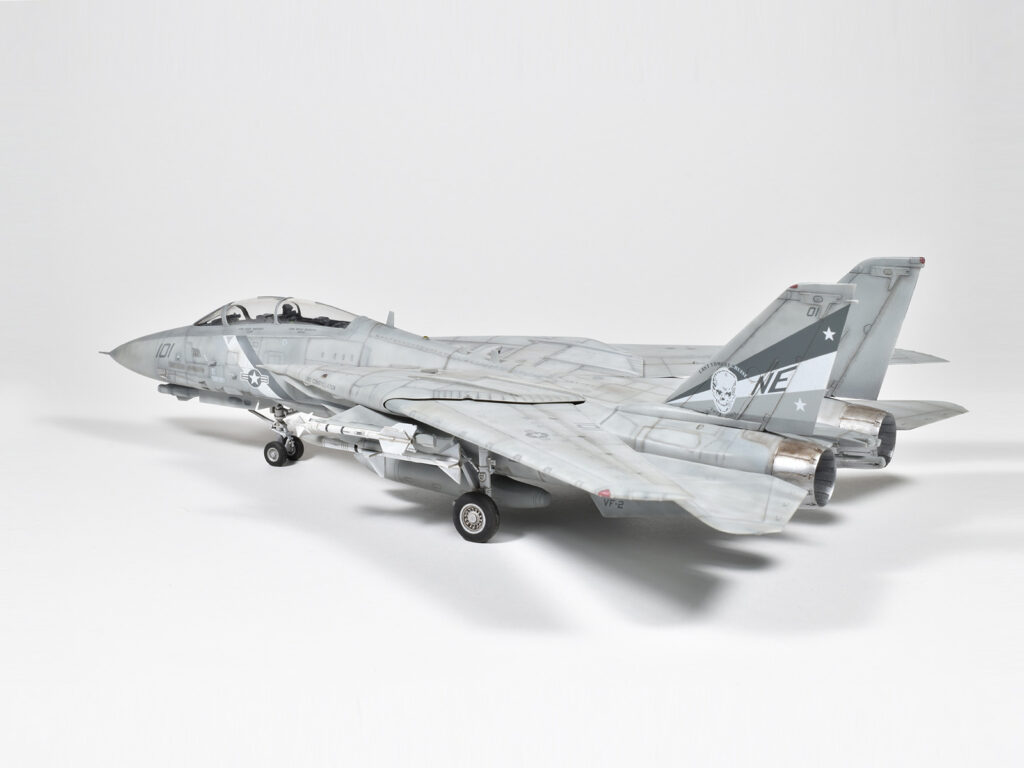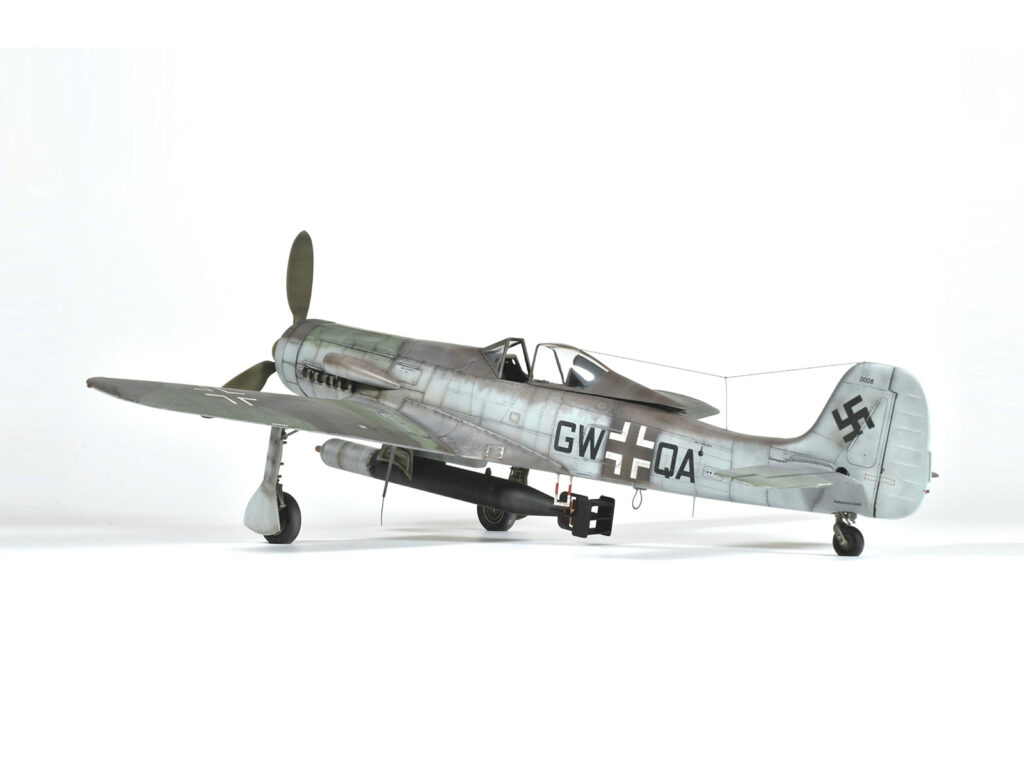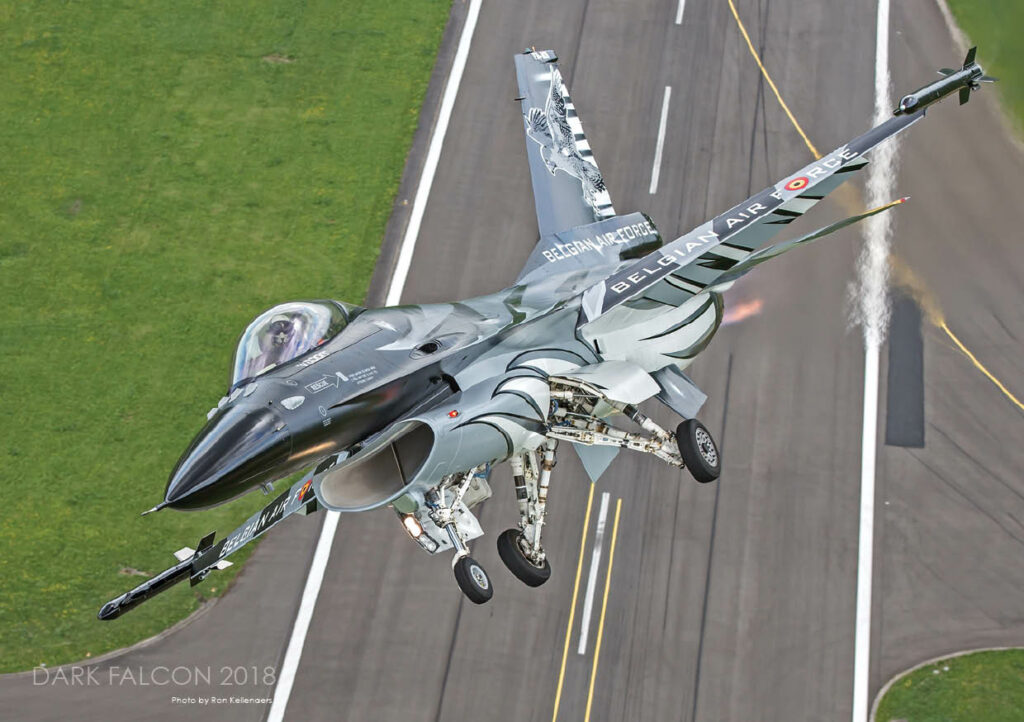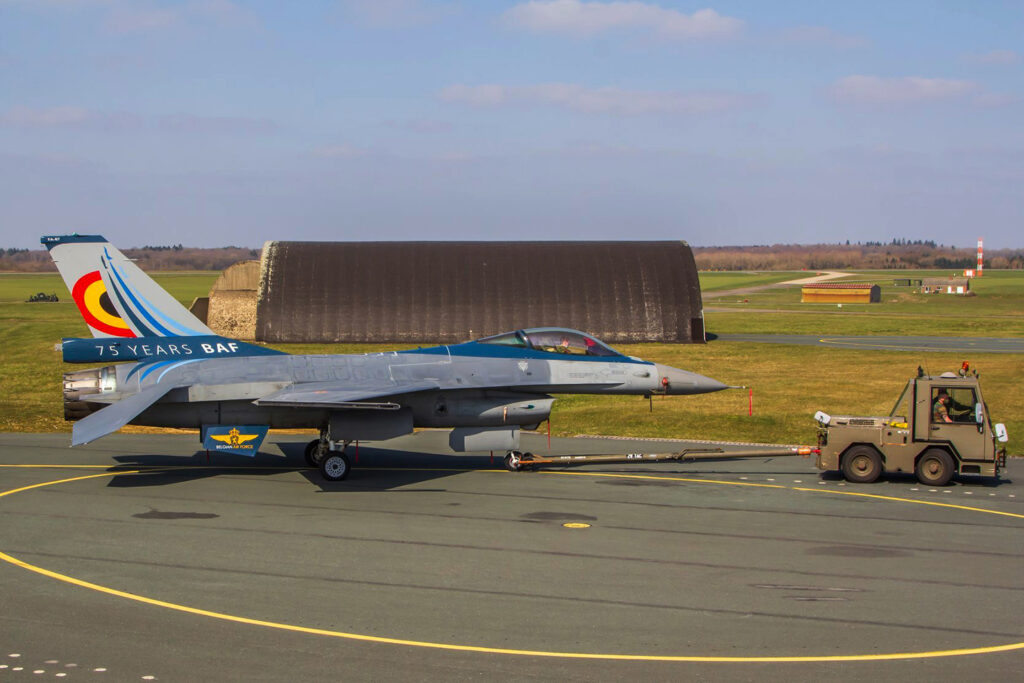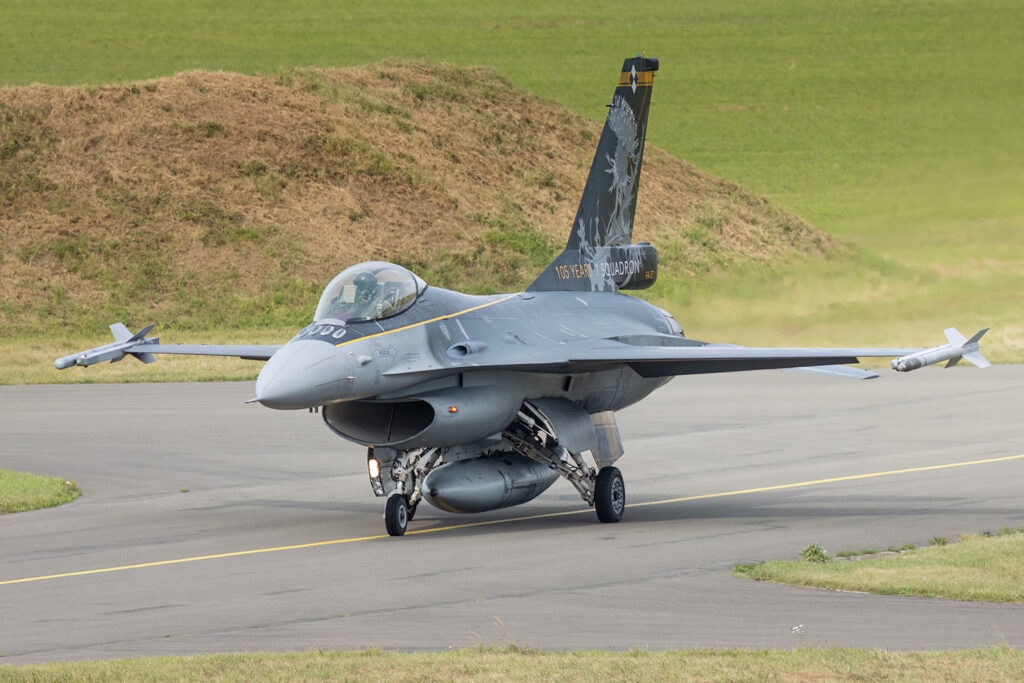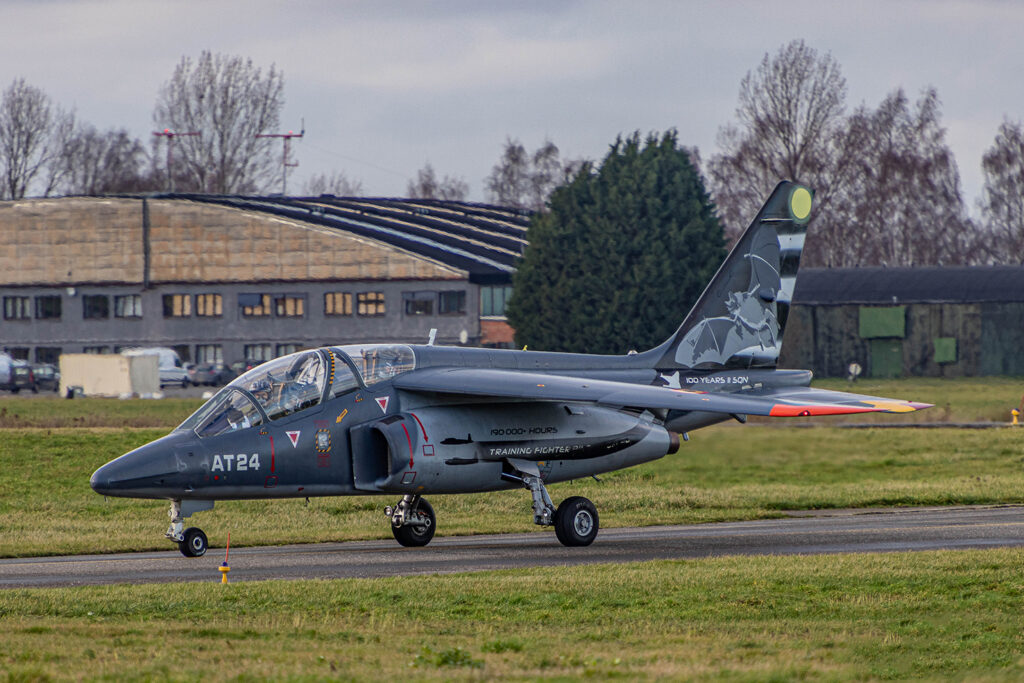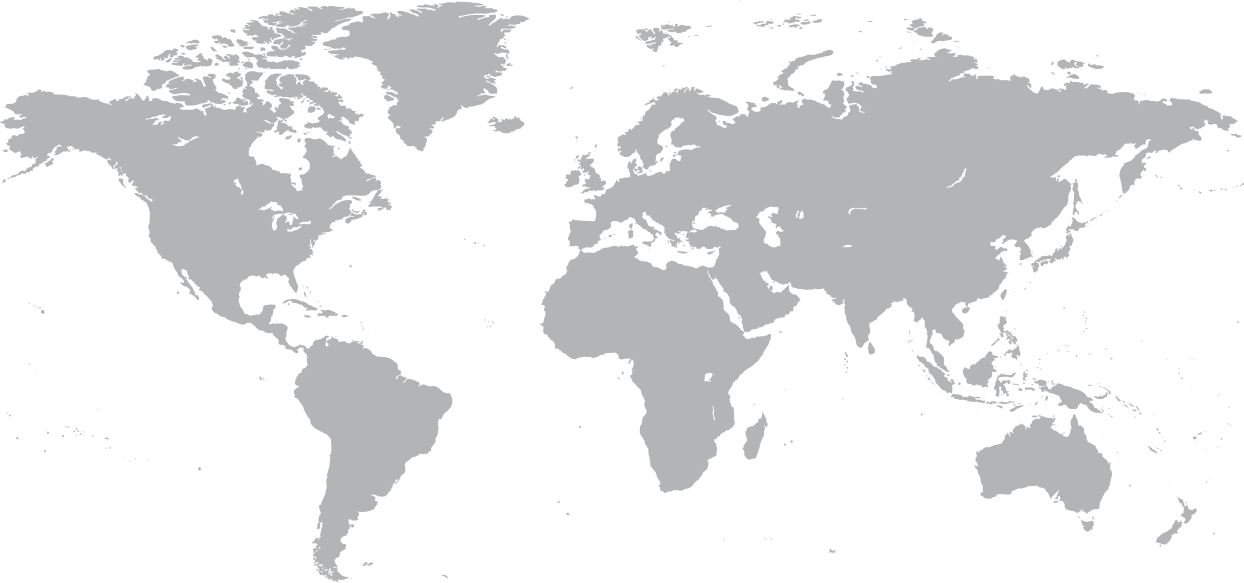At the IPMS Antwerp model show, set for March 21, 2026, we are preparing a new book and Limited Edition Gift Set. This luxury Gift Set is on the P-51D Mustang and will include a brand new 116-page book in our Classics Series, a 1/48 scale Eduard scale model, ArtScale masks for canopy and wheels, 3D printed parts, a unique decal set for 6 different aircraft and a signed, limited edition print by aviation artist Christophe Gibelin.
The decal sheet of this Gift Set includes 6 different aircraft that were all based in Belgium between February and April 1945, based either in Chièvres, Asch or Opglabbeek. These decals are specifically designed for this box. This box will be available for just € 69,50 + shipping, as of March 21st, 2026.
You can pre-order this Limited edition Gift Set by sending us an email, before March 10, 2026.
Quite a bit of research has been done to select the aircraft represented in the decal set, included in our Limited edition P-51D Mustang Gift Set. All of these aircraft were briefly based in Belgium during the first months of 1945.
P-51D “Beautiful Betty” of the 486th Fighter Squadron, based in Chièvres, Belgium in 1945.
“Beautiful Betty” is a blue nose P-51D-15NA Mustang with serial number 44-14877 of the 486th Fighter Squadron, 352nd Fighter Group. It carries the name of Lt. Alex Karan on the canopy rail and 5 victory markings. It has a yellow rudder and has the code PZ – K with a bar. On April 12 1945, the aircraft looped during landing at Chièvres Airfield. While the pilot survided, the aircraft was badly damaged.
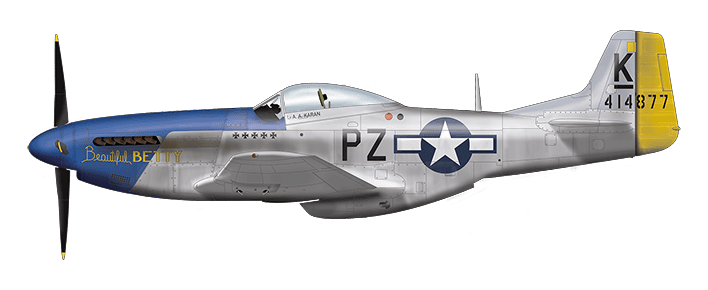
P-51D “Mary Mine” of the 376th Fighter Squadron, based in Chièvres, Belgium in 1945.
“Mary Mine” is a yellow nose P-51D-10NA Mustang with serial number 44-14685 of the 376th Fighter Squadron, 361st Fighter Group. It was flown by 1st Lt. George Vanden Heuvel and stationed at Chièvres Airfield. The canopy framing, most of the rudder and the nose are painted deep yellow. It carried a bar under the “L”, aft of the national marking on the fuselage.
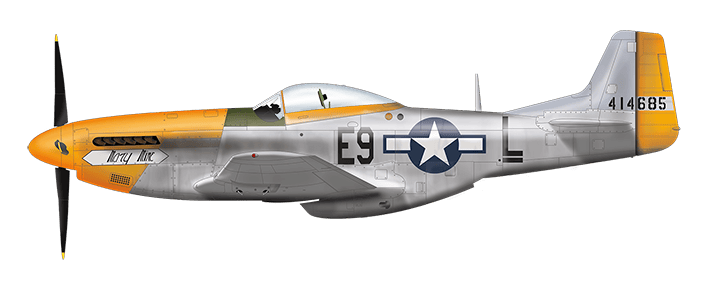
P-51D “Stinky 2” of the 328th Fighter Squadron, based in Chièvres, Belgium in 1945.
“Stinky 2” is another blue nose P-51D-10NA Mustang with serial number 44-14015 that flew with the 328th Fighter Squadron, 352nd Fighter Group. It had a red painted rudder and carried 6 victory markings. It was flown by Capt. Williamm J. Stangel out of Chièvres Airfield.
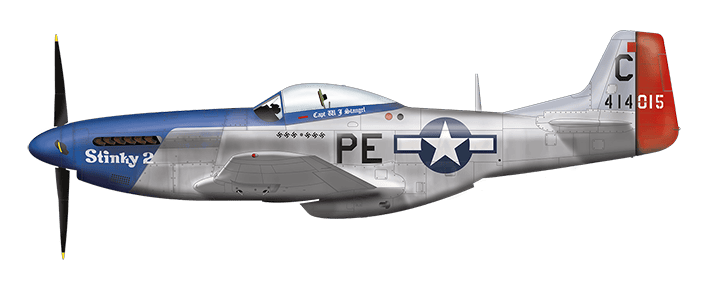
P-51D “The Hawk-Eye-Owan” of the 487th Fighter Squadron, based at Opglabbeek, Belgium in 1945.
“The Hawk-Eye-Owan” is a blue nose P-51D-10NA Mustang with serial number 44-14801 of the 487th Fighter Squadron, 352nd Fighter Group and was flown by Lt. Dean M. Huston and stationed at Opglabbeek Airfield. Huston was from Iowa, hence the nose-art “Eye-Owan”. On January 1, 1945, Huston attacked incoming Luftwaffe fighters during Operation Bodenplatte. The unit shot down 23 aircraft, with only 2 Mustangs damaged.

P-51D “Miss Margie” of the 3275th Fighter Squadron, based in Chièvres, Belgium in 1945.
“Miss Margie” is a P-51D-15NA Mustang with serial number 44-15366 that flew with the 375th Fighter Squadron, 361st Fighter Group and was flown by Major Charles N. Keppler, who was based at Chièvres Airfield in the early days of 1945. It had a dark blue rudder and canopy framing. The wing tips and tip of the fin were also painted dark blue.
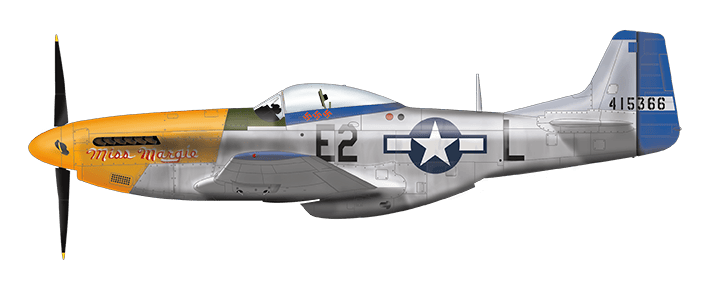
P-51D “Cripes A’Mighty” of the 328th Fighter Squadron, based in Asch, Belgium in 1944.
“Cripes A’Mighty” was a Blue nose P-51D-15NA Mustang with serial number 44-14906 of the 328th Fighter Squadron, 352nd Fighter Groupand was flown by Major George E. Preddy, the top P-51 Mustang Ace of World War II. He had down 26,83 enemy air-to-air kills. On Christmas Day 1944, while pursuing a Focke Wulf Fw-190 near Liège in Belgium, he was hit by a US anti-aircraft battery and crashed at high speed. He did not survive the crash. He was just 26 years old.
